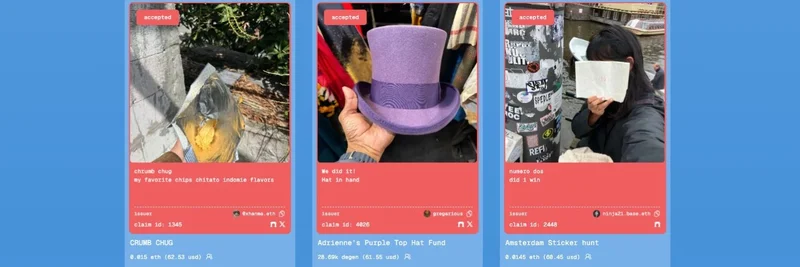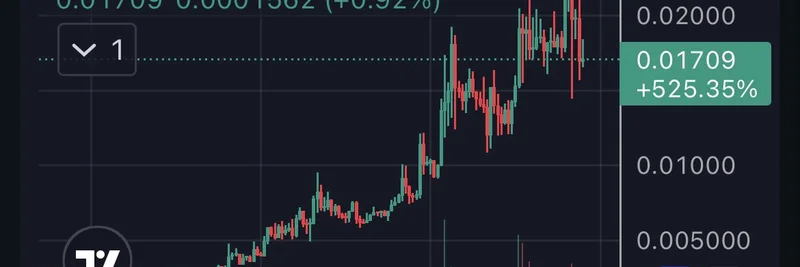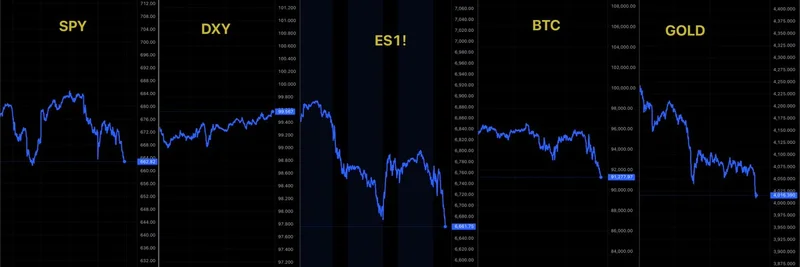Key takeaways
- poidh (“pics or it didn’t happen”) is first a crypto bounty dApp, not just a meme coin.
- Users create and fund bounties; winning claims are minted as NFTs and paid in ETH (Arbitrum/Base) or DEGEN (Degen Chain).
- A fungible “poidh” token exists on Base at 0xbf0dd7f6089af1f5880750d14549f26cea91dd2e and trades against WETH, but its in-dApp utility isn’t explicitly defined.
- Core contracts are open source; images are stored on IPFS via Pinata. No formal security audit to date.
- The app charges a 2.5% fee on completed bounties; a 5% royalty is suggested on NFT resales.
What is poidh?
poidh stands for “pics or it didn’t happen.” It’s a decentralized application (dApp) that lets anyone create, fund, and resolve bounties for real‑world actions using crypto. The project operates across Arbitrum, Base, and Degen Chain.
Why it matters: instead of typical meme tokens that only trade on hype, poidh ties crypto incentives to real activity—think photo challenges, community tasks, or even a wild “Beer Mile World Record” bounty.
Base is an Ethereum Layer 2, meaning it batches transactions for lower fees and faster confirmations while inheriting Ethereum’s security.
How the bounty flow works
- Bounty creation: A user defines a task and deposits crypto as the reward—usually ETH on Arbitrum or Base, or DEGEN on Degen Chain.
- Claim submission: Participants complete the task and submit proof (image/video + text). Each claim is minted as an NFT.
- Resolution: If the bounty creator accepts a submission, the claim NFT transfers to the creator and the bounty reward transfers to the winner.
- Real‑world utility: From viral social challenges to local community initiatives, poidh provides a permissionless, privacy‑friendly way to fund and verify tasks without traditional payment processors.
The poidh token on Base (0xbf0d…d2e)
A fungible token symbolized as “poidh” exists on Base at 0xbf0dd7f6089af1f5880750d14549f26cea91dd2e. DEX trackers show a poidh/WETH market on Base, signaling active trading interest.
Important distinction:
- The dApp itself uses ETH or DEGEN for bounty payouts and NFTs for claims.
- The fungible poidh token’s explicit utility (e.g., governance or in‑app payments) is not clearly documented. It likely functions as a community or brand‑aligned token within the broader poidh ecosystem on Base, where community tokens and memes are common.
Always verify the contract address before trading: 0xbf0dd7f6089af1f5880750d14549f26cea91dd2e.
Contracts, code, and storage
- Base dApp contract: 0xb502c5856f7244dccdd0264a541cc25675353d39
- Open‑source repo: GitHub (poidh contracts)
- Media storage: Images for claim NFTs are uploaded to IPFS via Pinata.
Fees
- Platform fee: 2.5% on completed bounties
- Suggested NFT royalty: 5% on secondary sales
Community and social
As with most Base‑native communities, social engagement and virality often drive discovery and participation.
Risk notes
- No formal security audit: Interact with caution; bounty funds can be at risk if contracts or integrations break.
- New‑token dynamics: The Base token’s role is not fully specified. Expect typical meme‑market volatility, potential liquidity fluctuations, and changing narratives.
Where to trade and track poidh
If you plan to explore the token, use reputable tools and verify the contract.
- Trade and analytics on GMGN: https://gmgn.ai/base/token/fV1R5sZ5_0xbf0dd7f6089af1f5880750d14549f26cea91dd2e
- Uniswap (Base) token page: https://app.uniswap.org/explore/tokens/base/0xbf0dd7f6089af1f5880750d14549f26cea91dd2e
- Aerodrome (Base DEX): https://aerodrome.finance/
Why include GMGN: it offers fast token discovery, smart money tracking, real‑time analytics, security checks (e.g., honeypot and tax flags), and automation options—useful in a fast‑moving meme market.
Trading tip: Always confirm the exact token address, review liquidity, and check for buy/sell taxes before placing orders.
Bottom line
poidh is a creative, crypto‑native bounty system that turns proof into on‑chain NFTs and pays out in ETH or DEGEN—bridging IRL actions with verifiable, tradable receipts. Alongside the dApp, a separate fungible poidh token trades on Base; while its direct role in the bounty flow isn’t explicit, it aligns with community‑driven activity around the brand. If you engage—whether by creating bounties, submitting claims, or trading the token—do your own research, start small, and use trusted tools.




